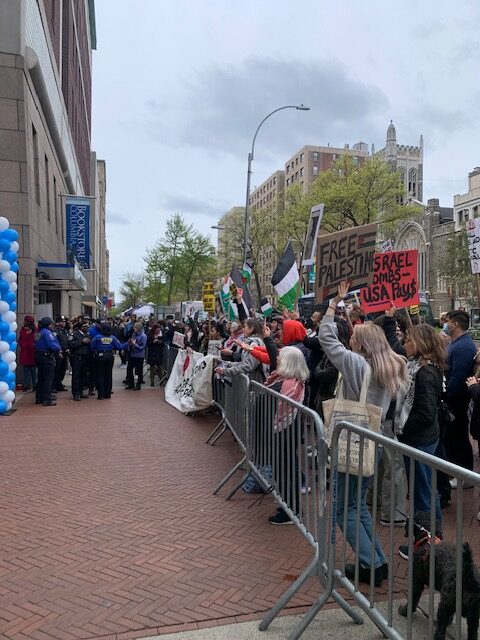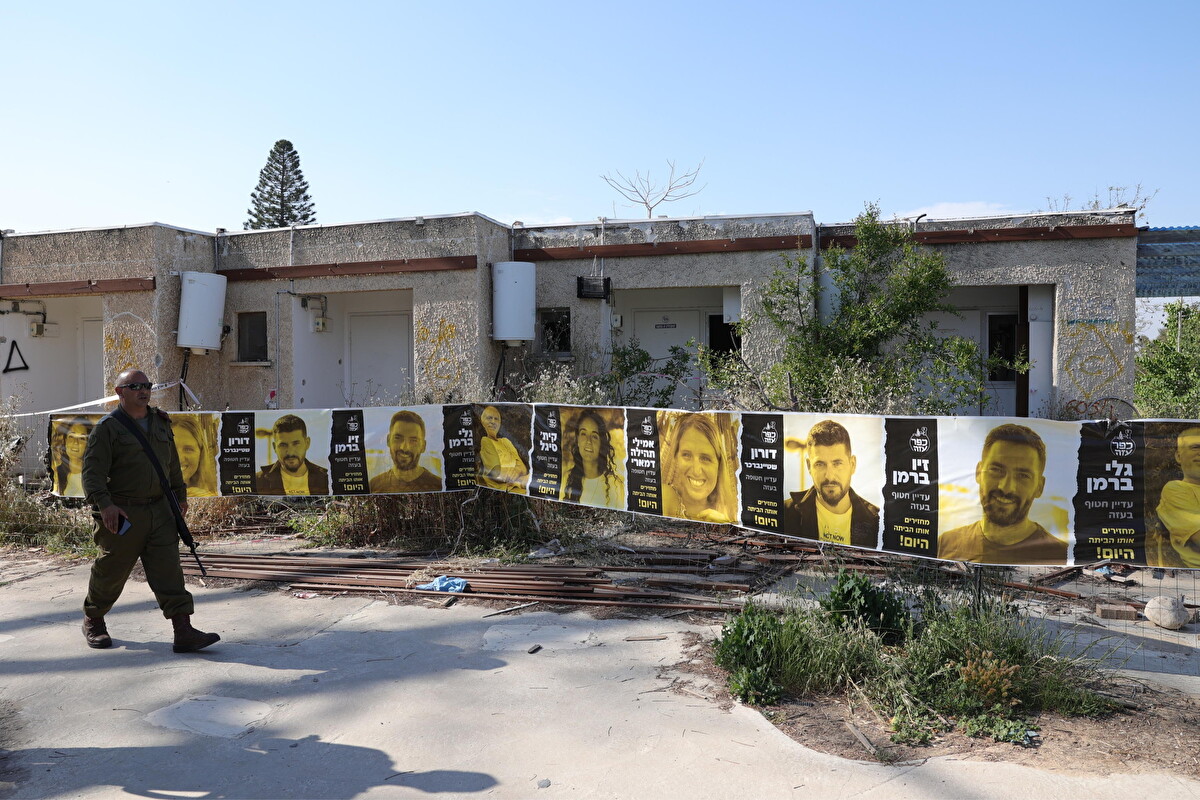Amidst the tumult of campus protests at Columbia University and New York University (NYU), New York City Mayor Eric Adams has pointed fingers at “outside agitators” for escalating violence and disrupting peace. These protests, ignited by the recent Israel-Hamas conflict, have become hotbeds of contention, drawing severe police response and broader concern from the public.
Mayor Adams, during his press briefing, emphasized that these agitators are exploiting the protests to “cause violence in our city.” “We can’t have outside agitators come in and be destructive,” Adams stated.
The recent events at NYU saw a significant police action where 120 individuals were arrested, most for trespassing after failing to disperse from an encampment outside the university’s business school. “People who peacefully protest for an issue, they’re not throwing bottles and chairs,” Adams explained.

This narrative of outside influence isn’t new. In 2020, city officials blamed anarchists for violence during the Black Lives Matter protests, though concrete evidence remained elusive. The recurring theme in Adams’ administration points to a larger strategy of addressing protest-related violence by focusing on external disruptors rather than the local student body or community members.
Critics, however, question the accuracy and implications of such claims. No substantial proof has surfaced to support the idea that the protests are significantly influenced by external actors, nor that the protests illicit violent behavior. This lack of evidence raises concerns about the potential for overreach in police actions and the possible stifling of legitimate dissent.
At Columbia University, the situation escalated after antisemitic remarks were reported, leading to increased security measures and a shift to remote classes to ensure student safety.
“The NYPD has identified people at protests who don’t actually attend the schools where the demonstrations are taking place,” Adams noted.
Adams also met with Columbia’s President Minouche Shafik and other leaders to discuss the ongoing situation and preventive strategies. “If you’re not there for education, then why are you there?” Adams posed rhetorically.
The city’s approach, while criticized by some as heavy-handed, aligns with a broader cautionary stance against letting protests spiral into greater violence. “Let’s not wait until it’s a blazing fire,” Adams remarked, emphasizing the need for preemptive action against potential escalations.












